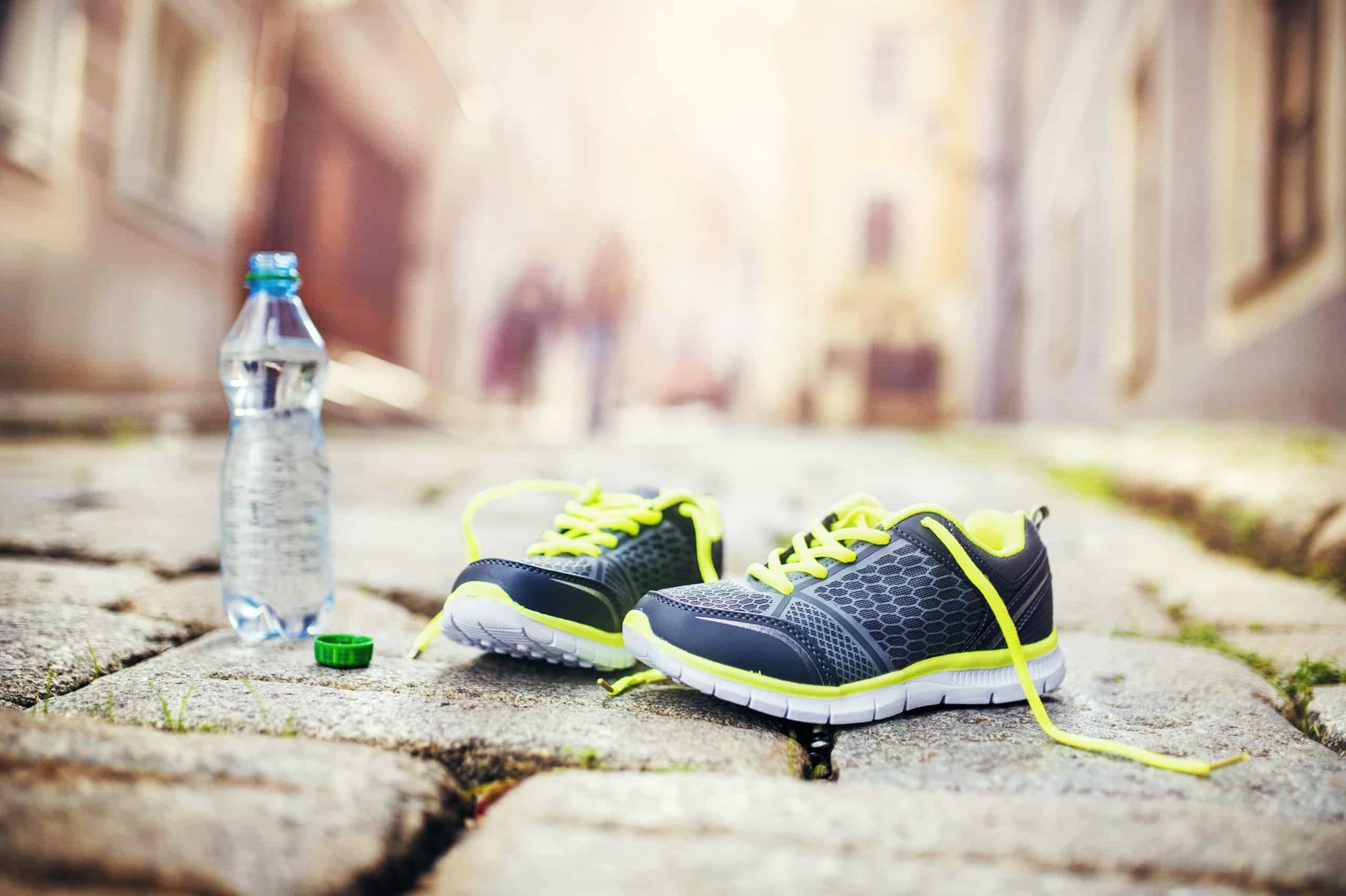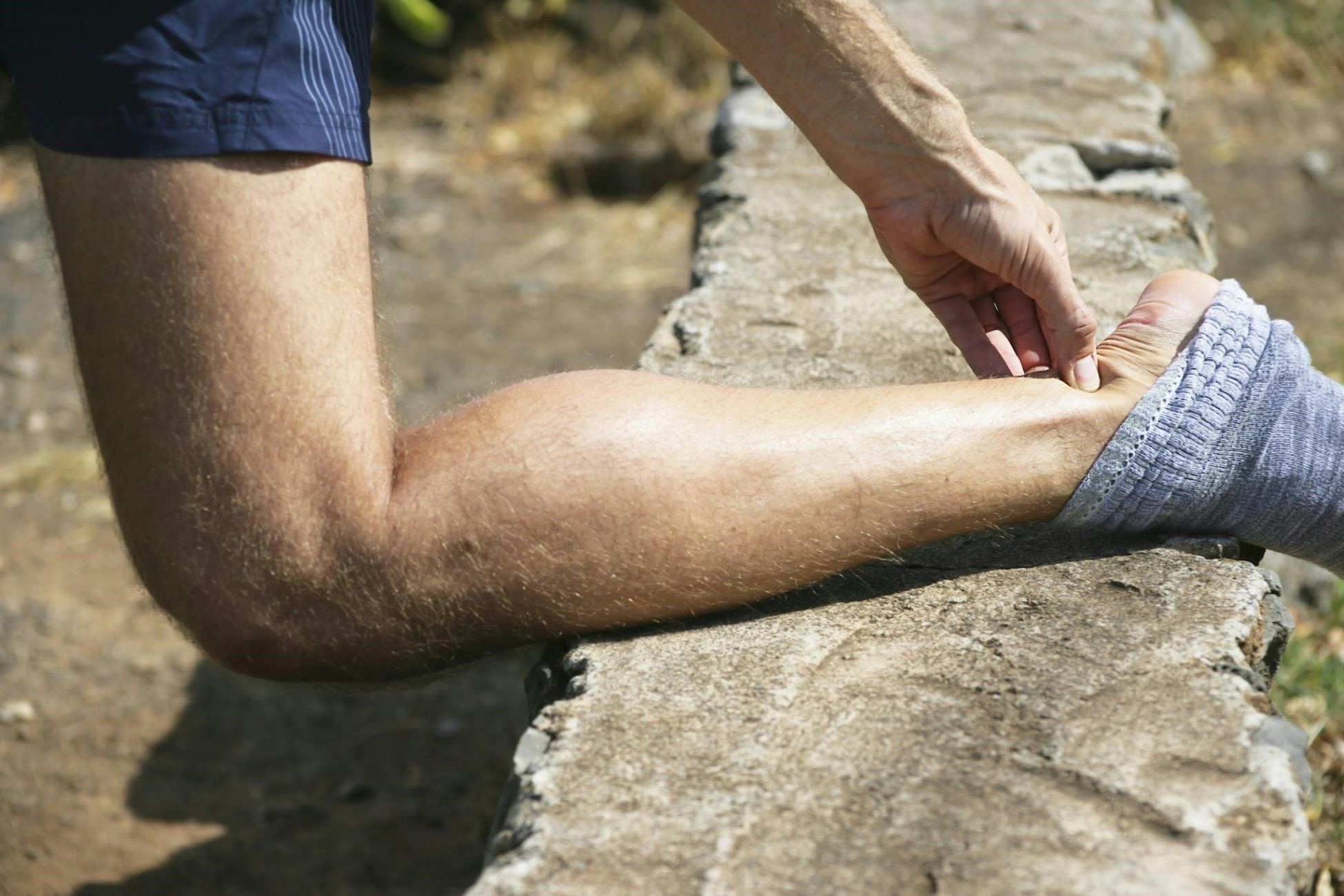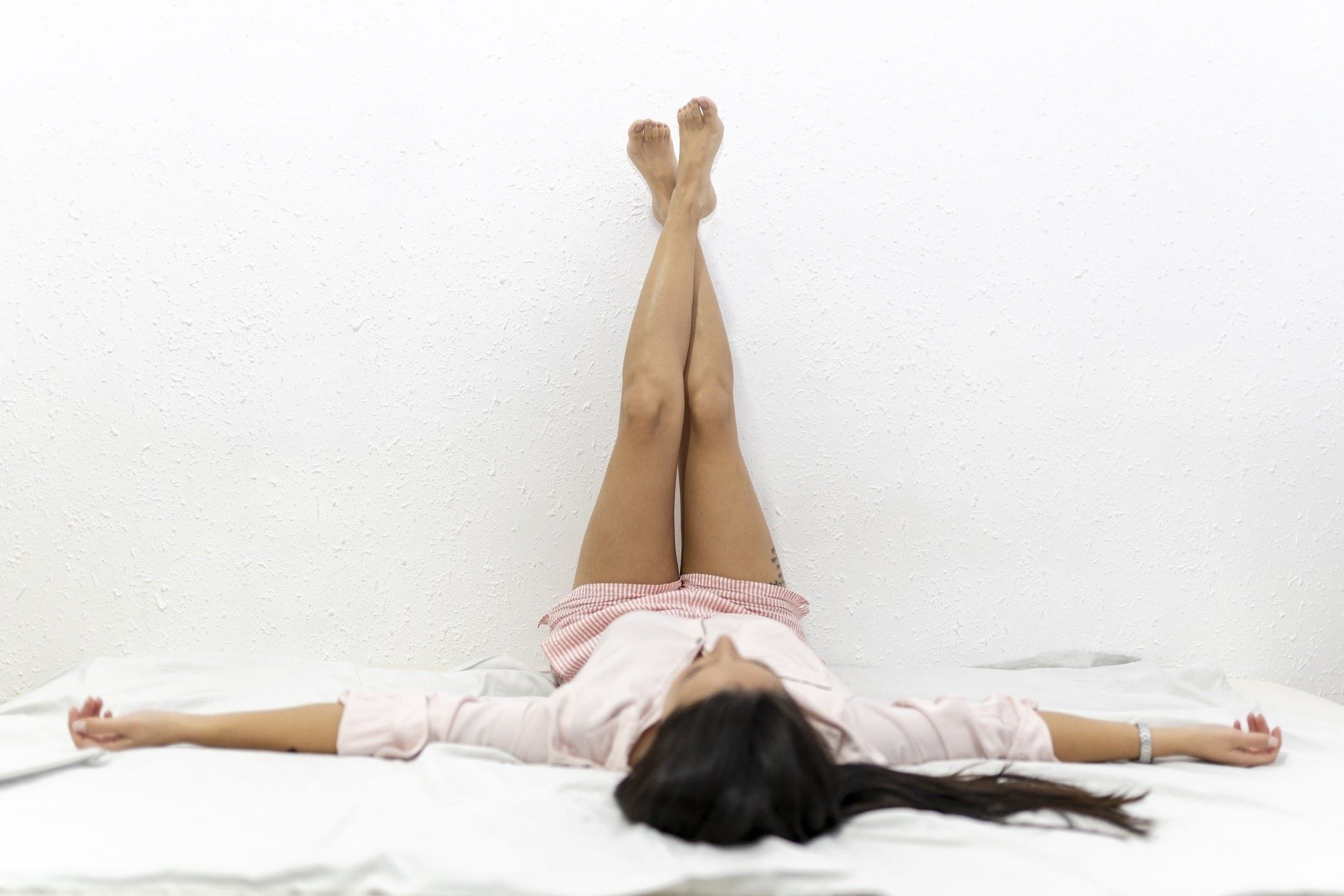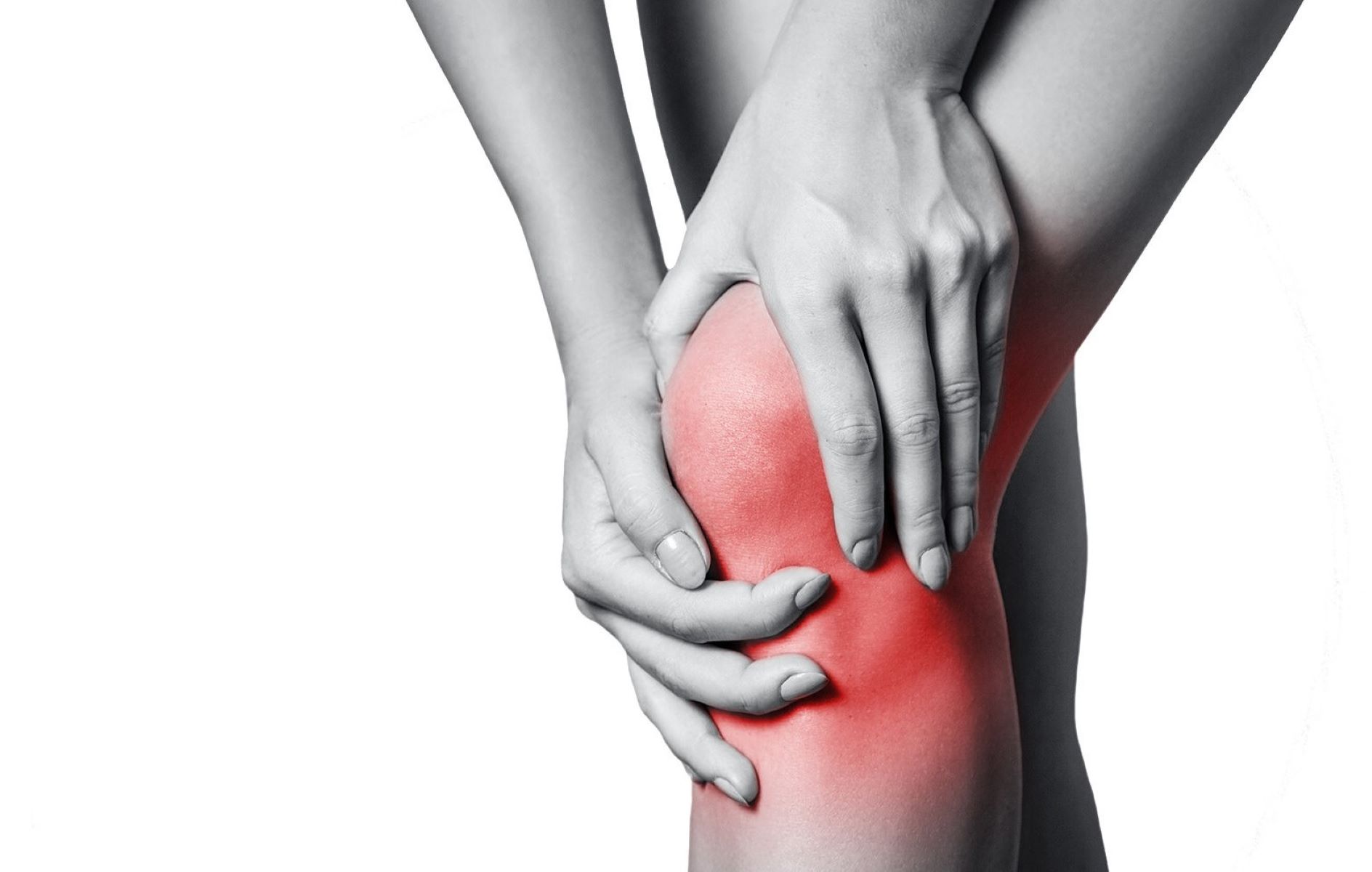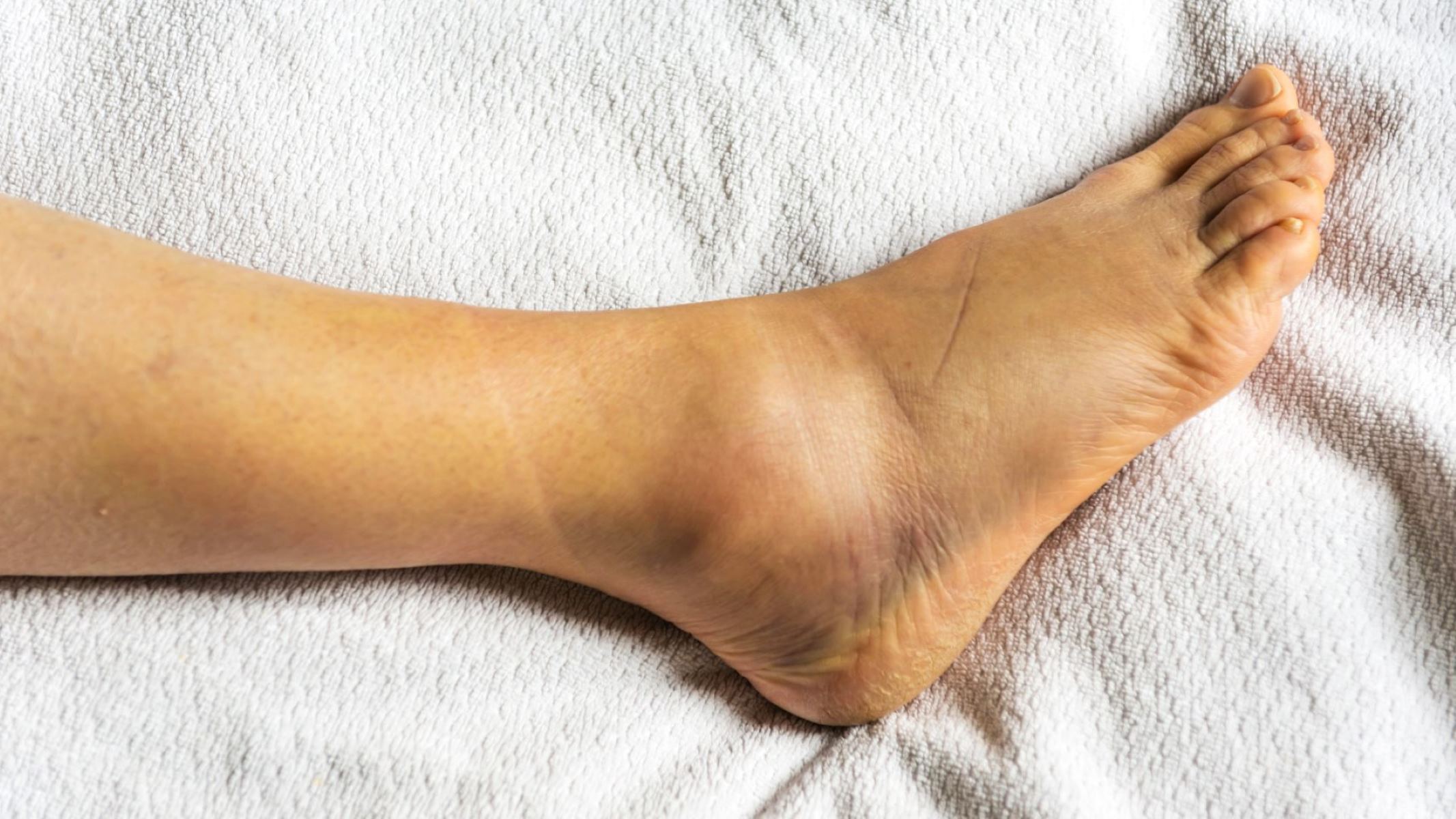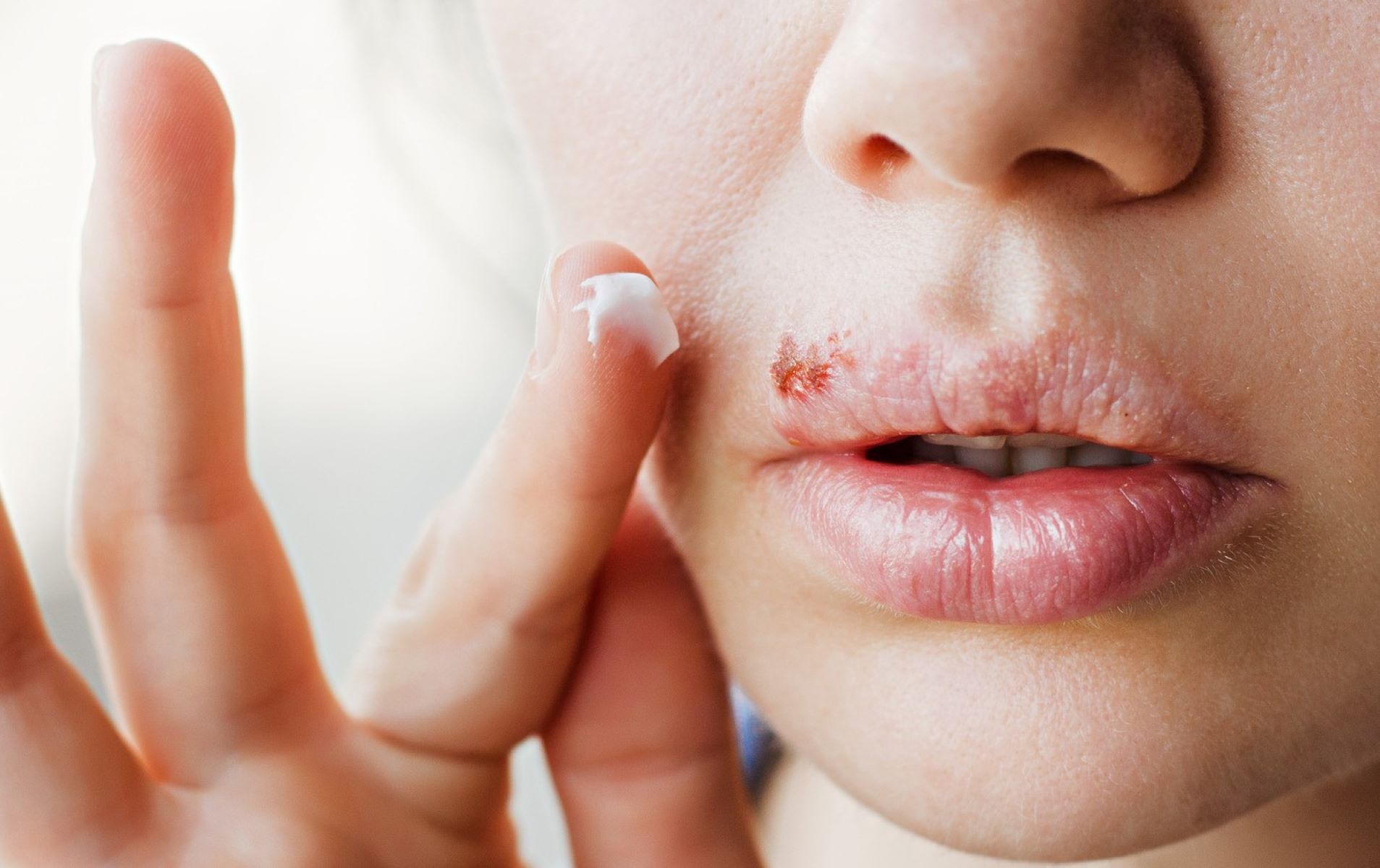Home>Health & Nutrition>Recovery>Is It Necessary To Cool Down After A Run?


Recovery
Is It Necessary To Cool Down After A Run?
Published: February 26, 2024
Learn the importance of cooling down after a run for effective recovery. Discover the benefits and best practices for post-run cooldowns.
(Many of the links in this article redirect to a specific reviewed product. Your purchase of these products through affiliate links helps to generate commission for Therunningadvisor.com, at no extra cost. Learn more)
Table of Contents
The Importance of Cooling Down After a Run
After completing a vigorous run, it's tempting to head straight for the shower or collapse onto the nearest comfortable surface. However, taking the time to cool down properly is a crucial step that should not be overlooked. The cool down phase is an essential component of any running routine, offering a myriad of benefits that can significantly impact your overall performance and well-being.
-
Preventing Injury: Engaging in a cool down session after a run helps to gradually decrease your heart rate and relax your muscles. This gradual transition from intense physical activity to a state of rest can reduce the risk of injury, particularly muscle strains and cramps. By allowing your body to gradually return to its pre-exercise state, you can minimize the likelihood of experiencing post-run discomfort or injury.
-
Enhancing Recovery: Cooling down after a run facilitates the removal of metabolic waste products, such as lactic acid, from your muscles. This process aids in reducing muscle soreness and stiffness, ultimately expediting the recovery process. By incorporating a cool down into your routine, you can help your body recover more efficiently, allowing you to bounce back quicker and be ready for your next run.
-
Promoting Flexibility: Engaging in gentle stretching exercises during the cool down phase can contribute to improved flexibility. As your body temperature gradually decreases, your muscles become more pliable, making it an opportune time to perform static stretches. This can help enhance your overall flexibility and range of motion, which is beneficial for your running performance and can also reduce the risk of future injuries.
-
Mental Relaxation: The cool down phase provides an excellent opportunity to mentally unwind and reflect on your run. It allows you to gradually transition from the heightened state of physical exertion to a more relaxed state, promoting a sense of mental clarity and calmness. This mental relaxation can be particularly beneficial for individuals who use running as a means of stress relief and mental rejuvenation.
In summary, incorporating a cool down into your running routine is not just a formality, but a crucial step that offers a multitude of benefits. By taking the time to gradually lower your heart rate, relax your muscles, and engage in gentle stretching, you can significantly reduce the risk of injury, enhance your recovery, improve flexibility, and promote mental relaxation. Therefore, it's evident that the cool down phase should be regarded as an indispensable component of every run, contributing to both physical and mental well-being.
Benefits of Incorporating a Cool Down into Your Running Routine
After an invigorating run, the temptation to immediately wind down can be strong. However, taking the time to incorporate a proper cool down into your running routine can yield a multitude of benefits that extend far beyond the immediate post-run period. By dedicating a few extra minutes to this essential phase, you can significantly impact your overall running performance and well-being.
Preventing Injury
One of the primary benefits of incorporating a cool down into your running routine is the significant role it plays in injury prevention. Engaging in a cool down session after a run allows your body to gradually decrease its heart rate and relax the muscles. This gradual transition from intense physical activity to a state of rest can effectively reduce the risk of injury, particularly muscle strains and cramps. By allowing your body to gradually return to its pre-exercise state, the likelihood of experiencing post-run discomfort or injury is minimized.
Enhancing Recovery
The cool down phase facilitates the removal of metabolic waste products, such as lactic acid, from the muscles. This process aids in reducing muscle soreness and stiffness, ultimately expediting the recovery process. By incorporating a cool down into your routine, you can help your body recover more efficiently, allowing you to bounce back quicker and be ready for your next run. This enhanced recovery capability can be a game-changer, especially for individuals who engage in regular or intense running activities.
Promoting Flexibility
Engaging in gentle stretching exercises during the cool down phase can contribute to improved flexibility. As your body temperature gradually decreases, your muscles become more pliable, making it an opportune time to perform static stretches. This can help enhance your overall flexibility and range of motion, which is beneficial for your running performance and can also reduce the risk of future injuries. By consistently incorporating a cool down and stretching routine, you can work towards maintaining supple and resilient muscles, thereby enhancing your overall running experience.
Mental Relaxation
The cool down phase provides an excellent opportunity to mentally unwind and reflect on your run. It allows you to gradually transition from the heightened state of physical exertion to a more relaxed state, promoting a sense of mental clarity and calmness. This mental relaxation can be particularly beneficial for individuals who use running as a means of stress relief and mental rejuvenation. By incorporating this mental relaxation aspect into your cool down routine, you can amplify the holistic benefits of your running experience, nurturing both your physical and mental well-being.
In summary, the benefits of incorporating a cool down into your running routine are far-reaching and impactful. By taking the time to gradually lower your heart rate, relax your muscles, engage in gentle stretching, and promote mental relaxation, you can significantly reduce the risk of injury, enhance your recovery, improve flexibility, and promote mental well-being. Therefore, it's evident that the cool down phase should be regarded as an indispensable component of every run, contributing to both physical and mental well-being.
How to Properly Cool Down After a Run
After completing a fulfilling run, it's essential to transition into the cool down phase to allow your body to gradually return to a state of rest. Properly cooling down after a run involves a series of deliberate steps aimed at aiding your body's recovery and minimizing the risk of post-run discomfort or injury. Here's a detailed guide on how to effectively cool down after a run:
-
Gradual Deceleration: As you near the end of your run, begin to gradually decrease your pace. This gradual deceleration signals to your body that the intense physical activity is coming to an end, allowing your heart rate to gradually lower and your muscles to relax.
-
Walking or Light Jogging: Following the completion of your run, transition into a period of walking or light jogging for approximately 5-10 minutes. This gentle movement helps to facilitate the dissipation of metabolic by-products, such as lactic acid, from your muscles, contributing to a smoother recovery process.
-
Hydration: It's crucial to replenish lost fluids by hydrating adequately after your run. Sipping water or a sports drink during your cool down can help restore your body's fluid balance and support the recovery of your muscles.
-
Gentle Stretching: Engage in a series of gentle stretching exercises targeting the major muscle groups used during your run. Focus on stretches for your hamstrings, quadriceps, calves, and hip flexors, holding each stretch for 15-30 seconds. This can aid in promoting flexibility, reducing muscle tension, and preventing post-run stiffness.
-
Deep Breathing and Relaxation: Take a few moments to practice deep breathing and relaxation techniques during your cool down. This can help to lower your heart rate, promote mental relaxation, and enhance the overall recovery process.
-
Foam Rolling: Consider incorporating foam rolling into your cool down routine. Using a foam roller to perform self-myofascial release can help alleviate muscle tightness and improve blood circulation, further supporting your body's recovery.
By adhering to these guidelines and incorporating them into your post-run routine, you can effectively cool down after a run, promoting a smoother recovery process and reducing the risk of post-run discomfort or injury. Remember, the cool down phase is a valuable opportunity to nurture your body and set the stage for future running success.
Common Mistakes to Avoid When Cooling Down
Properly cooling down after a run is essential for supporting your body's recovery and minimizing the risk of post-run discomfort or injury. However, there are common mistakes that individuals often make during the cool down phase, which can hinder its effectiveness. By being mindful of these pitfalls, you can optimize your cool down routine and reap the full benefits of this crucial post-run phase.
Rushing Through the Cool Down
One of the most prevalent mistakes when cooling down after a run is rushing through the process or skipping it altogether. After completing a run, it's tempting to immediately move on to other activities or responsibilities. However, failing to allocate sufficient time for a proper cool down can impede your body's recovery and increase the likelihood of experiencing muscle soreness and stiffness. It's important to prioritize the cool down phase and dedicate the necessary time to allow your body to gradually transition from intense physical activity to a state of rest.
Neglecting Hydration
Hydration is a critical component of the cool down phase that is often overlooked. After a run, your body requires replenishment of fluids lost through sweat. Failing to hydrate adequately during the cool down can hinder the recovery process and lead to dehydration, which may manifest as fatigue, muscle cramps, and impaired performance during subsequent runs. Incorporating hydration as part of your cool down routine is essential for restoring your body's fluid balance and supporting muscle recovery.
Skipping Stretching Exercises
Another common mistake during the cool down phase is skipping or inadequately performing stretching exercises. Stretching plays a pivotal role in promoting flexibility, reducing muscle tension, and preventing post-run stiffness. Neglecting to engage in gentle stretching for major muscle groups can limit your range of motion, increase the risk of muscle tightness, and compromise your overall running performance. By incorporating targeted stretching exercises into your cool down routine, you can enhance your flexibility and support your body's recovery process.
Failing to Practice Mental Relaxation
The cool down phase offers an opportune time to practice mental relaxation and reflection. However, many individuals overlook this aspect and fail to take advantage of the mental rejuvenation that the cool down can provide. Neglecting to engage in deep breathing, mindfulness, or relaxation techniques during the cool down can result in a missed opportunity to lower stress levels, promote mental clarity, and enhance overall well-being. By integrating mental relaxation practices into your cool down routine, you can nurture both your physical and mental health.
Overlooking Self-Myofascial Release
Foam rolling and self-myofascial release techniques are valuable tools for alleviating muscle tightness and improving blood circulation. However, many individuals overlook the benefits of incorporating these practices into their cool down routine. By neglecting self-myofascial release, individuals miss out on an effective method for reducing muscle tension and supporting the recovery of fatigued muscles. Integrating foam rolling into your cool down routine can contribute to enhanced muscle recovery and overall well-being.
In summary, avoiding these common mistakes when cooling down after a run is essential for maximizing the effectiveness of this crucial post-run phase. By prioritizing the cool down, staying hydrated, incorporating stretching exercises, practicing mental relaxation, and utilizing self-myofascial release techniques, you can optimize your cool down routine and set the stage for a smoother recovery and improved running performance.
Expert Tips for Maximizing the Effectiveness of Your Cool Down
-
Mindful Cooling Down: Approach your cool down with mindfulness and intention. Embrace the opportunity to gradually transition from intense physical activity to a state of rest. By being present and attentive during this phase, you can optimize the benefits for both your body and mind.
-
Customized Stretching: Tailor your stretching routine to address the specific needs of your body. Focus on areas that are particularly tight or prone to post-run stiffness. Customizing your stretching routine can help alleviate muscle tension and enhance your overall flexibility.
-
Hydration Strategy: Develop a hydration strategy that extends into your cool down phase. Consider sipping water or a sports drink during your cool down to replenish lost fluids and support the recovery of your muscles. By integrating hydration into your cool down routine, you can maintain optimal fluid balance and aid in the removal of metabolic waste products.
-
Progressive Relaxation Techniques: Incorporate progressive relaxation techniques into your cool down routine to promote muscle relaxation and mental calmness. By systematically tensing and relaxing different muscle groups, you can release built-up tension and foster a deeper sense of relaxation.
-
Breathwork and Meditation: Explore the benefits of breathwork and meditation during your cool down. Engaging in deep breathing exercises and mindfulness practices can help lower your heart rate, reduce stress, and enhance mental clarity. By incorporating these techniques, you can amplify the holistic benefits of your cool down routine.
-
Utilize Self-Massage Tools: Consider utilizing self-massage tools, such as foam rollers or massage balls, to target areas of muscle tightness during your cool down. Self-myofascial release techniques can aid in alleviating muscle tension, improving blood circulation, and expediting the recovery process.
-
Reflective Journaling: Embrace the cool down phase as a time for reflective journaling. Take a few moments to jot down your thoughts and feelings about your run. This practice can provide valuable insights into your performance, emotions, and overall running experience, contributing to a deeper connection with your running journey.
-
Progressive Cool Down: Implement a progressive cool down approach by gradually decreasing the intensity of your cool down activities. This can involve transitioning from walking to gentle stretching and relaxation techniques, allowing your body to smoothly ease out of the heightened state of physical exertion.
By integrating these expert tips into your cool down routine, you can maximize the effectiveness of this crucial post-run phase, supporting your body's recovery, enhancing flexibility, and nurturing your overall well-being.

